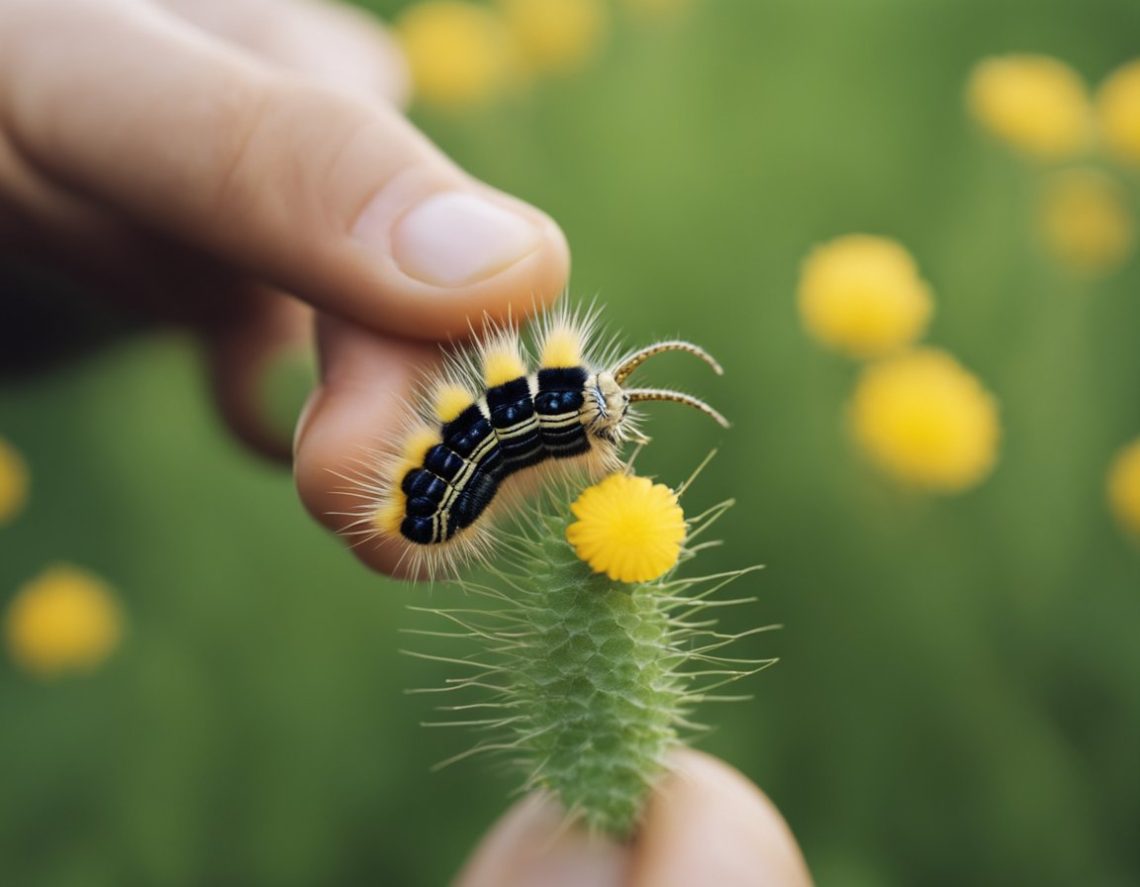
What Kind of Caterpillar is This? A Friendly Guide to Identifying Caterpillars
Have you ever found a caterpillar crawling on a leaf or on the ground and wondered what kind of caterpillar it is? Caterpillars are the larval stage of butterflies and moths, and they come in a wide variety of shapes, sizes, and colors. Some caterpillars are easily recognizable, while others are more difficult to identify. In this article, we will explore the world of caterpillars and provide tips on how to identify different types of caterpillars.
One of the most important things to look for when identifying a caterpillar is its physical characteristics. This includes the color, shape, size, and any distinctive markings or features. Some caterpillars have spines or hairs, while others have stripes or spots. By observing these physical traits, we can begin to narrow down the possible species of caterpillar.
Another helpful tool in identifying caterpillars is to know what plants they feed on. Many caterpillars are specific to certain types of plants, and by identifying the plant, we can make an educated guess as to what type of caterpillar it is. For example, the monarch butterfly caterpillar feeds exclusively on milkweed plants. By knowing this, we can easily identify a monarch caterpillar if we find it on a milkweed plant.
Identifying Characteristics

When trying to identify a caterpillar, there are several key characteristics to look for. By examining the color patterns, body shape, and behavioral traits of a caterpillar, we can start to narrow down the possibilities and identify the species with greater accuracy.
Color Patterns
One of the most distinctive features of a caterpillar is its color pattern. Some caterpillars have bold, contrasting stripes, while others are more muted in color. The color of the caterpillar can also provide clues about its diet and habitat. For example, caterpillars that feed on milkweed plants often have bright, contrasting colors to warn predators of their toxicity.
Body Shape
The body shape of a caterpillar can also provide important clues about its identity. Some caterpillars are long and slender, while others are short and stubby. The presence or absence of spines, hairs, or other physical features can also help to narrow down the possibilities.
Behavioral Traits
Finally, the behavior of a caterpillar can also provide important clues about its identity. Some caterpillars are active and move quickly, while others are more sluggish. Some caterpillars are also known for their unique defensive behaviors, such as rolling into a ball or emitting a foul odor to deter predators.
By considering these identifying characteristics, we can start to narrow down the possibilities and identify the species of caterpillar with greater accuracy. However, it is important to remember that caterpillars can vary greatly in appearance and behavior, so it is always best to consult a field guide or expert when in doubt.
Common Species
When it comes to identifying caterpillars, it’s important to know some of the most common species. Here are three species that you might come across:
Monarch Caterpillar
The Monarch Caterpillar (Danaus plexippus) is a well-known species that is easy to identify with its black, white, and yellow stripes. These caterpillars feed on milkweed, which makes them poisonous to other birds and insects. Monarch caterpillars grow to between 1″ and 1.7″ (2.5 – 4.5 cm) long and are often found in gardens and fields.
Swallowtail Caterpillar
Swallowtail caterpillars are a diverse group of caterpillars that include many different species. One of the most common is the Eastern Black Swallowtail Caterpillar (Papilio polyxenes). These caterpillars are easy to identify with their black and green stripes and yellow spots. They feed on a variety of plants, including parsley, dill, and fennel.
Woolly Bear Caterpillar
The Woolly Bear Caterpillar (Pyrrharctia isabella) is a common species that is often seen in the fall. These caterpillars are easy to identify with their black and orange stripes. They are also known for their ability to survive in cold temperatures. In fact, some people believe that the width of the orange band on a Woolly Bear Caterpillar can predict the severity of the coming winter.
Overall, these are just a few of the many species of caterpillars that you might come across. By learning to identify these common species, you’ll be better equipped to appreciate the diversity of these fascinating creatures.

